最近我读了一篇在 Objective-C 中使用 control swizzling 测试 UIAlertController 的 文章 。这样的文章总是促使我寻找一种不使用 control swizzling 也可以测试同样东西的方法。虽然,我知道 swizzling 是开发者的一个非常有力的工具,但我个人是尽可能去避免去使用它的。事实上,在最近的六年时间里,我只在一个应用上用了 swizzling。所以我相信我们现在可以不使用 swizzling 来实现测试。
那么问题来了,如何在 Swift 中不使用 swizzling 来对 UIAlertController 进行测试?
我们先从我们要测试的代码开始吧。我已经添加一个按钮到 Storyboard 中。(我之所以使用 Storyboard 为了让那些不想用代码写界面的小伙伴有个更直观的感受)当按下这个按钮就会出现一个弹窗(alert),它有标题、消息内容,还有两个按钮,分别是 OK 和取消(Cancel)。
下面是这段代码:
|
1
2
3
4
5
6
7
8
9
10
11
12
13
14
15
16
|
import UIKitclass ViewController: UIViewController { var actionString: String? @IBAction func showAlert(sender: UIButton) { let alertViewController = UIAlertController(title: "Test Title", message: "Message", preferredStyle: .Alert) let okAction = UIAlertAction(title: "OK", style: .Default) { (action) -> Void in self.actionString = "OK" } let cancelAction = UIAlertAction(title: "Cancel", style: .Cancel) { (action) -> Void in self.actionString = "Cancel" } alertViewController.addAction(cancelAction) alertViewController.addAction(okAction) presentViewController(alertViewController, animated: true, completion: nil) }} |
注意,在这个例子中弹窗动作没有做什么具体的操作,他们只表示能验证单元测试。
让我们开始一个简单的测试:测试这个弹窗控制器的标题和消息内容。
测试的代码如下:
|
1
2
3
4
5
6
7
8
9
10
11
12
13
14
15
|
import XCTest@testable import TestingAlertExperimentclass TestingAlertExperimentTests: XCTestCase { var sut: ViewController! override func setUp() { super.setUp() sut = UIStoryboard(name: "Main", bundle: nil).instantiateInitialViewController() as! ViewController UIApplication.sharedApplication().keyWindow?.rootViewController = sut } override func tearDown() { // Put teardown code here. This method is called after the invocation of each test method in the class. super.tearDown() }}``` |
我们需要设置 sut 为根视图控制器,否则视图控制器不能弹出这个弹窗视图控制器。
添加 UIAlertController 测试标题的代码如下:
|
1
2
3
4
5
6
7
|
```Swiftfunc testAlert_HasTitle() { sut.showAlert(UIButton()) XCTAssertTrue(sut.presentedViewController is UIAlertController) XCTAssertEqual(sut.presentedViewController?.title, "Test Title")}``` |
这很简单。现在让我们测试 UIAlertController 的取消按钮。这里有一个问题:无法获取弹窗动作的闭包。因此我们需要模拟弹窗动作,为了存储这个 handler 并在测试中调用它,看弹窗动作是否和我们预期的一样。在测试用例中添加这样一个类:
|
1
2
3
4
5
6
7
8
9
10
11
12
13
14
15
16
17
|
```Swiftclass MockAlertAction : UIAlertAction { typealias Handler = ((UIAlertAction) -> Void) var handler: Handler? var mockTitle: String? var mockStyle: UIAlertActionStyle convenience init(title: String?, style: UIAlertActionStyle, handler: ((UIAlertAction) -> Void)?) { self.init() mockTitle = title mockStyle = style self.handler = handler } override init() { mockStyle = .Default super.init() }} |
这个模拟类的主要工作是捕获 handler 块,以备后用。现在我们需要将这个模拟的类插入到实现代码中。将视图控制器中的代码换成下面这个:
|
1
2
3
4
5
6
7
8
9
10
11
12
13
14
15
16
17
18
19
|
import UIKitclass ViewController: UIViewController { var Action = UIAlertAction.self var actionString: String? @IBAction func showAlert(sender: UIButton) { let alertViewController = UIAlertController(title: "Test Title", message: "Message", preferredStyle: .Alert) let okAction = Action.init(title: "OK", style: .Default) { (action) -> Void in self.actionString = "OK" } let cancelAction = Action.init(title: "Cancel", style: .Cancel) { (action) -> Void in self.actionString = "Cancel" } alertViewController.addAction(cancelAction) alertViewController.addAction(okAction) presentViewController(alertViewController, animated: true, completion: nil) }}``` |
我们添加了一个类变量`Action`,并设置为`UIAlertAction.self`。这个变量我们会在初始化弹窗动作时使用。这就能让我们在测试时可以重写它。像这样:
|
1
2
3
4
5
6
7
8
9
|
```Swiftfunc testAlert_FirstActionStoresCancel() { sut.Action = MockAlertAction.self sut.showAlert(UIButton()) let alertController = sut.presentedViewController as! UIAlertController let action = alertController.actions.first as! MockAlertAction action.handler!(action) XCTAssertEqual(sut.actionString, "Cancel")} |
首先我们插入了这个弹窗动作。之后我们调用代码弹出弹窗视图控制器。我们从呈现的视图控制器中获取了取消动作,并且成功调用了捕获的 handler 块。最后一步就是去断言当前的动作是否和我们预期的一样。
联系信息:邮箱aoxolcom@163.com或见网站底部。

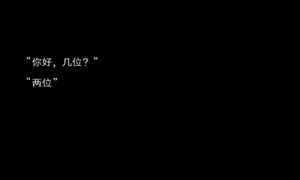




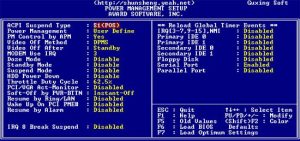
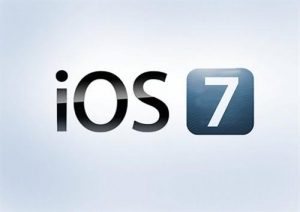
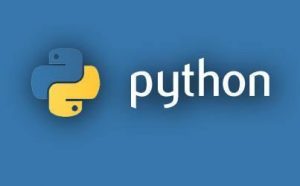
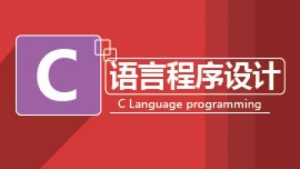

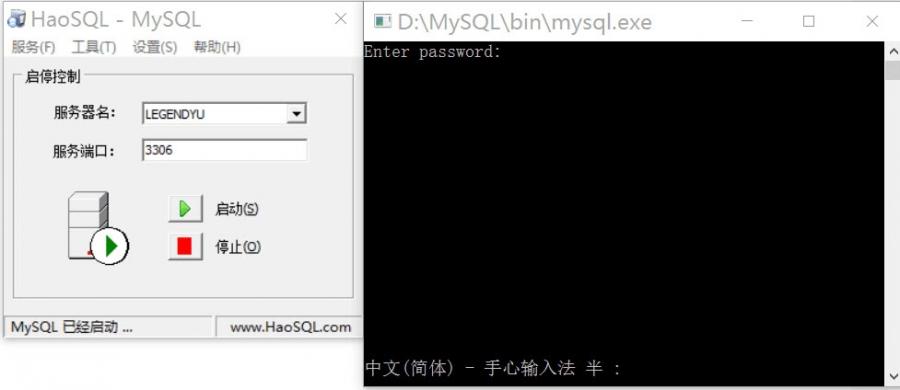


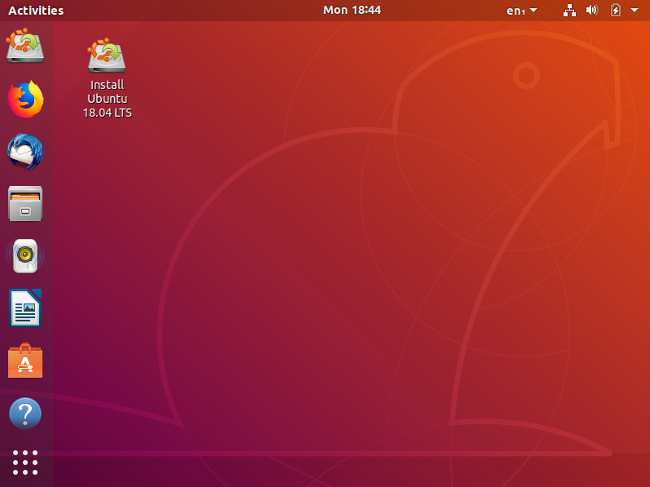
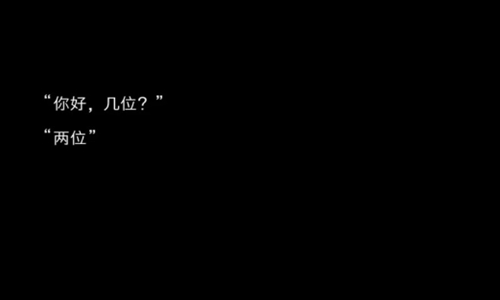


请登录后发表评论
注册
社交帐号登录